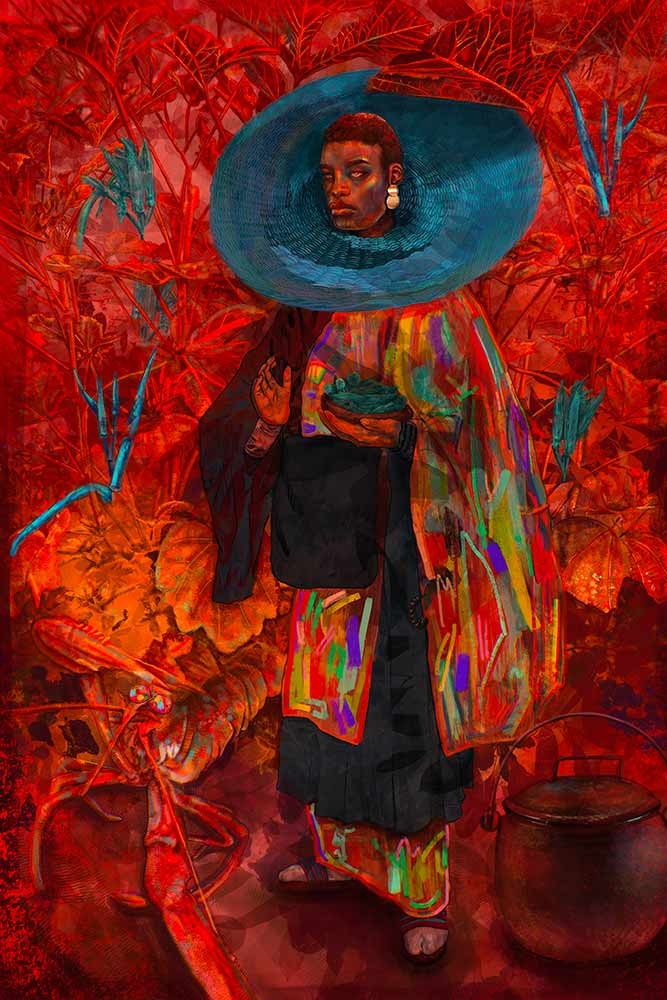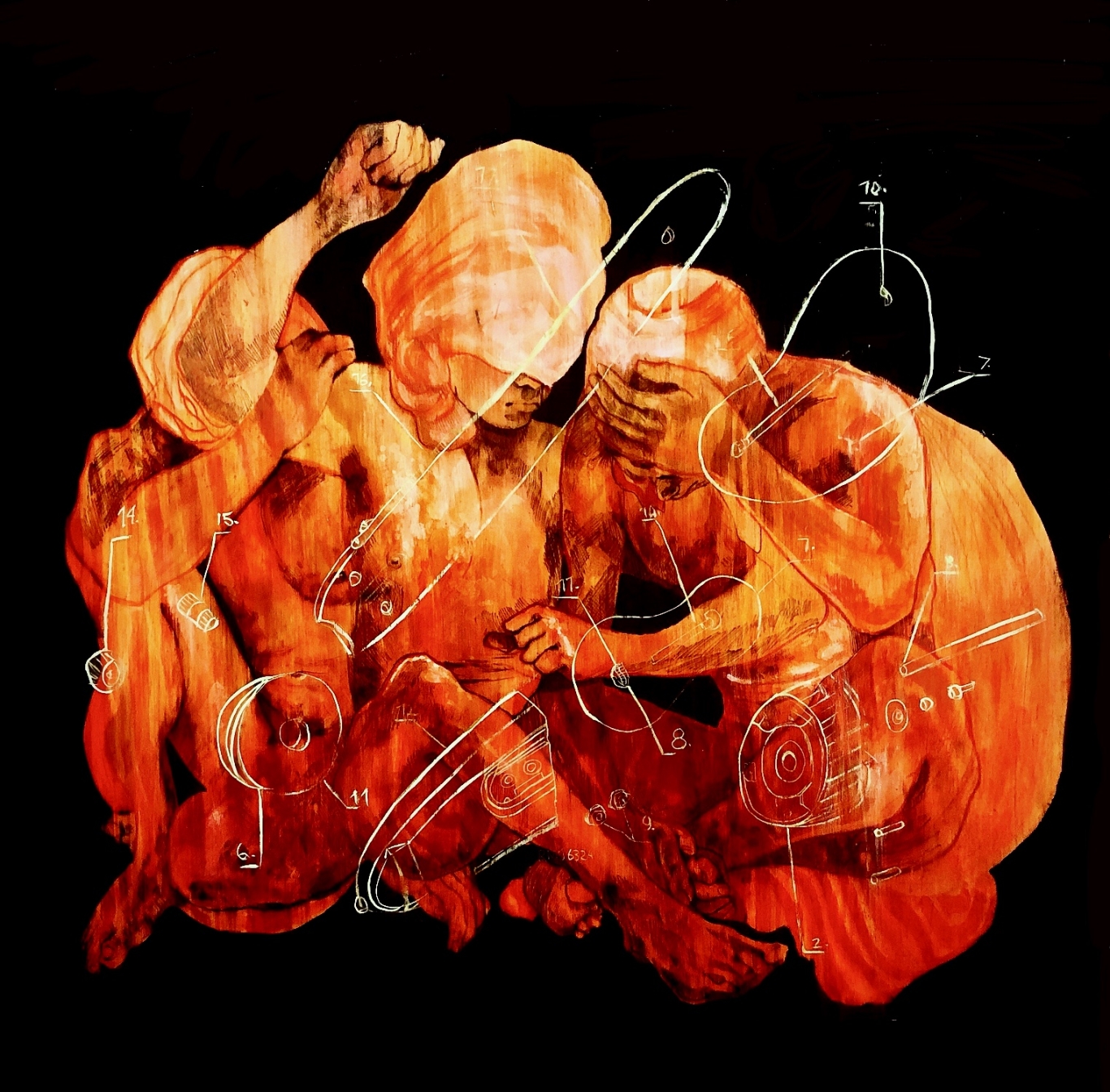Search
Laura Ahola-Young
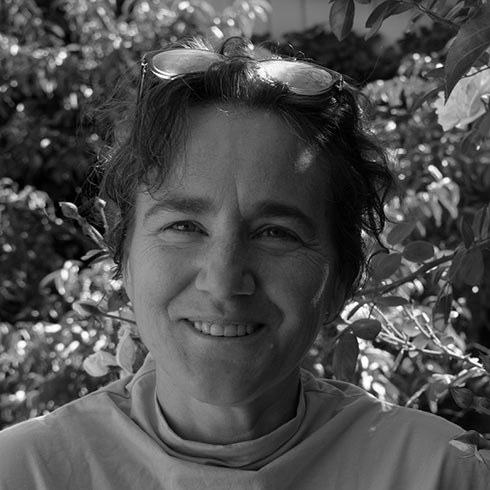
Using precise research and study of plant physiology, Laura Ahola Young explores the scientific structures of plants. Her meticulous paintings often feature complex patterns and labored marks. During her residency, she created paintings that explore how an organism’s appearance is informed by its adaptations for survival.
About the Artist
Laura Ahola-Young develops work that incorporates scientific research, the Pacific Northwest and personal narrative. Originally from northern Minnesota, she has been influenced by landscapes, winters, ice and resilience. Ahola-Young received her MFA from San Jose State University in 2001 and currently resides in Pocatello, Idaho, where she is associate professor of art at Idaho State University.
Gallery
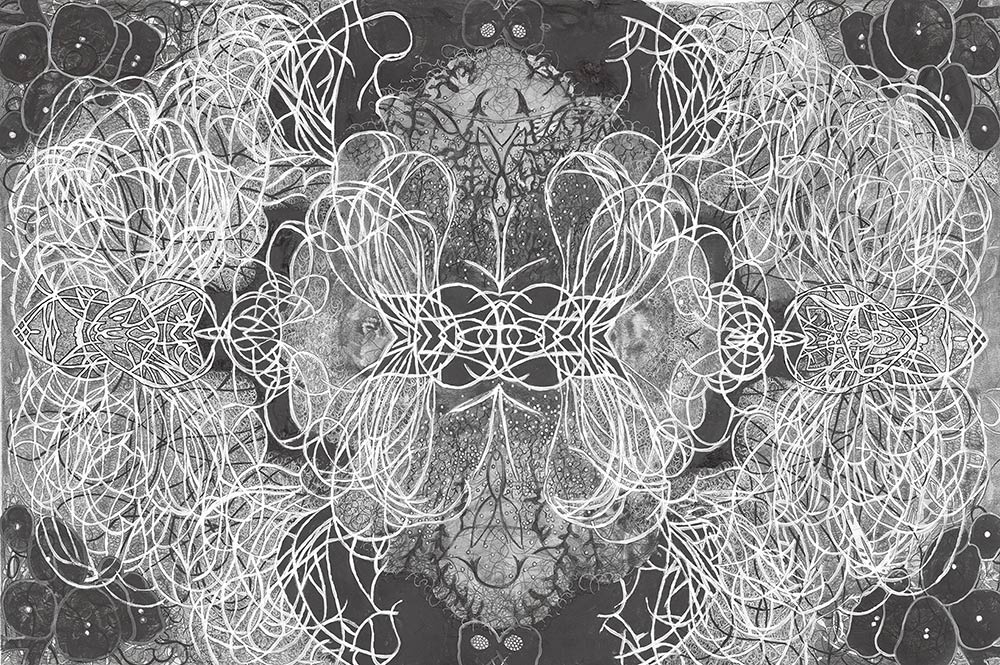
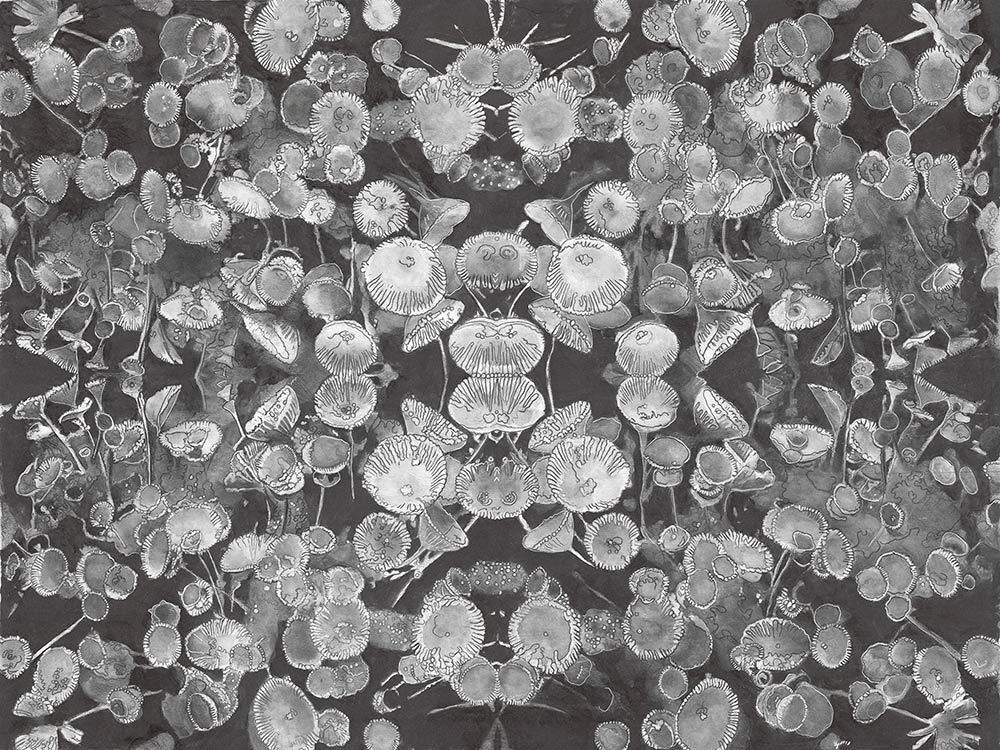
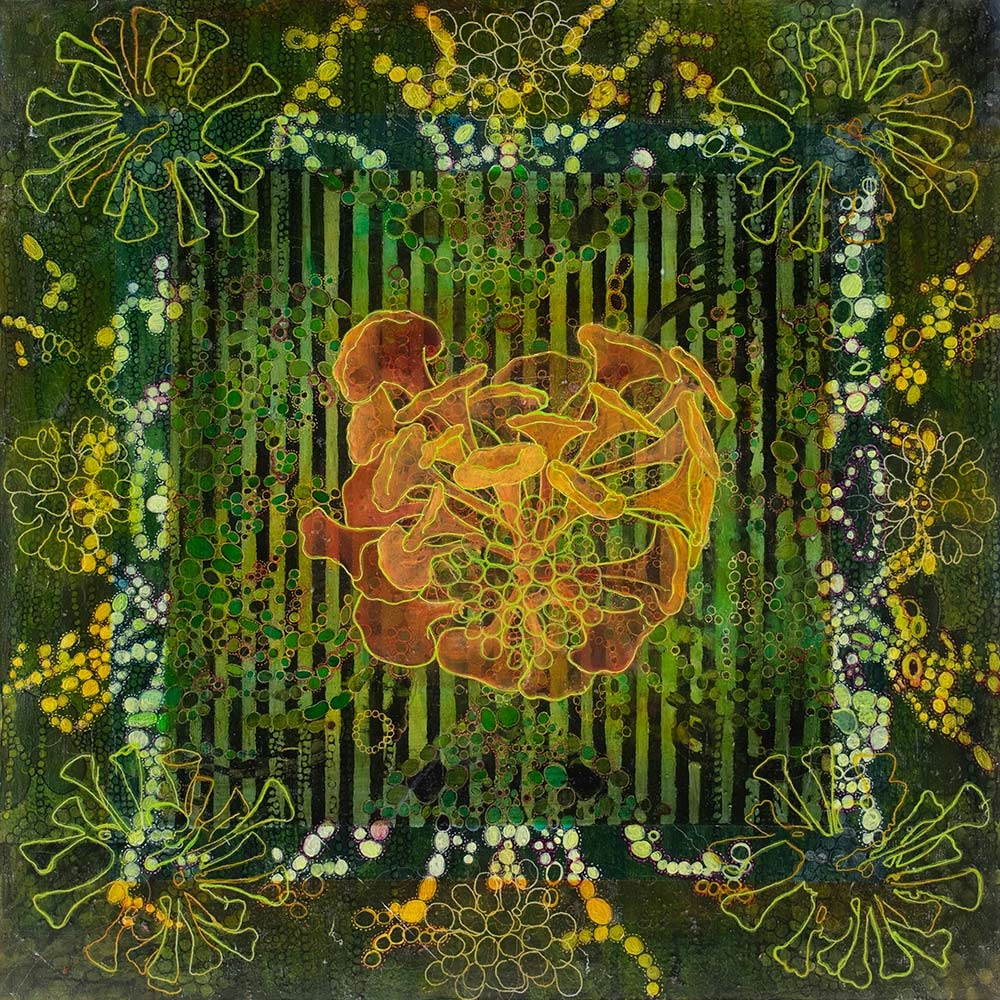
Paula Castillo
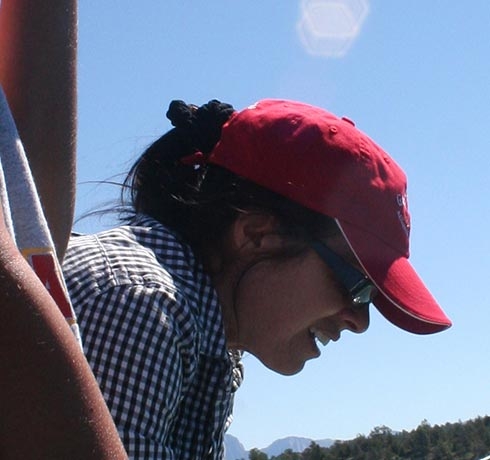
Paula Castillo used the Land Line residency to investigate the history and symbolism of corn, revealing the complex and malleable intersections between physical and cultural landscapes. What began as an inquiry into the divination practice of tirar maíz (throwing corn) and curanderismo (a Latin American folk medicine practice) transformed into a project exploring the key role of corn within human movement, conflict, and survival. The resulting artwork explores the often-unacknowledged role that plants have played in the complexities of human history.
About the Artist
A Latinx artist based in Belén, New Mexico, Paula Castillo creates intimate and large-scale sculptural installations using generative patterns and structures to draw parallels between the fluid and solid forms of life. Castillo attended Yale University and worked in an electronics factory where she forged her early career in contemporary sculpture. The complex and malleable intersections between the physical and cultural landscape are Castillo’s primary source. Her work has been reviewed by publications such as Hyperallergic, Washington Post, and The New York Times. She exhibits nationally and internationally, and her work is in collections such as the National Museum of Women in the Arts and the Museum of Contemporary Native Arts.
Gallery
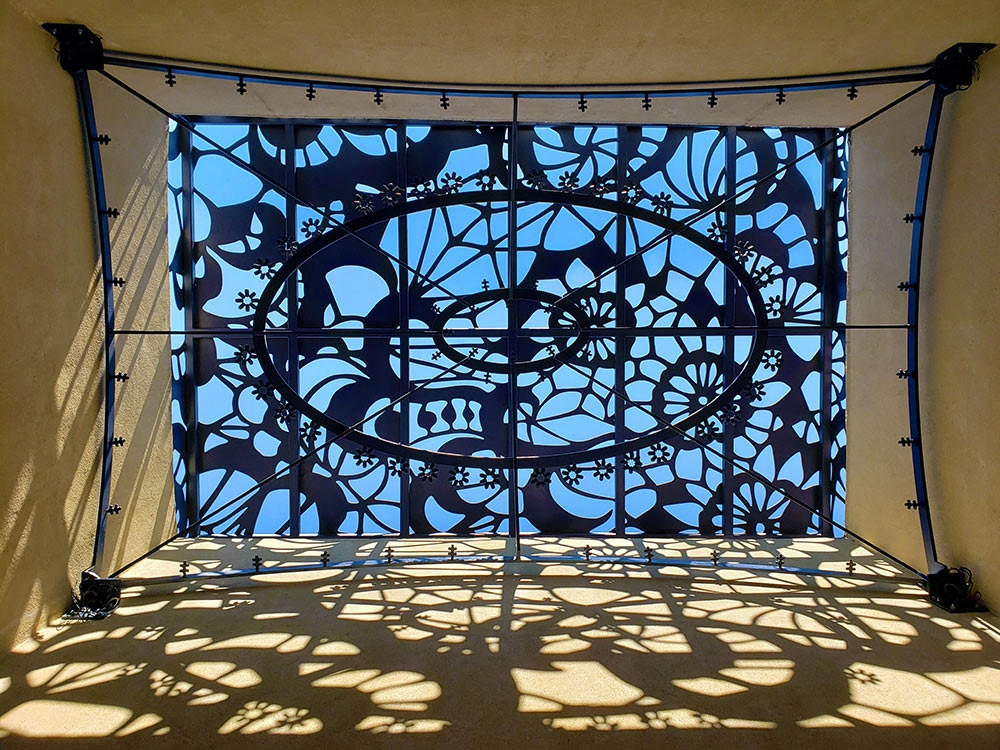
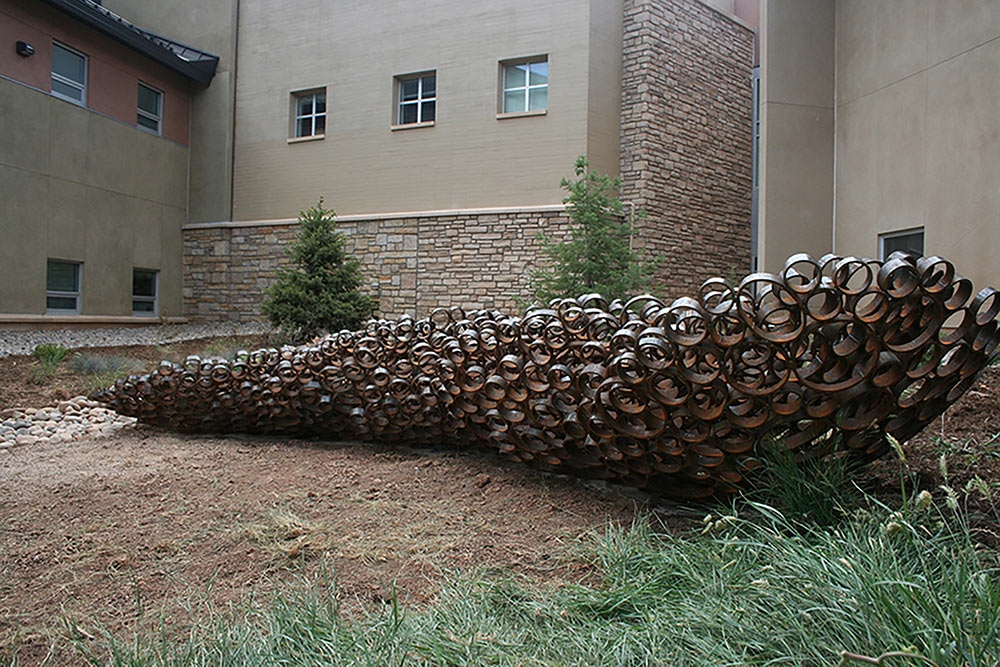
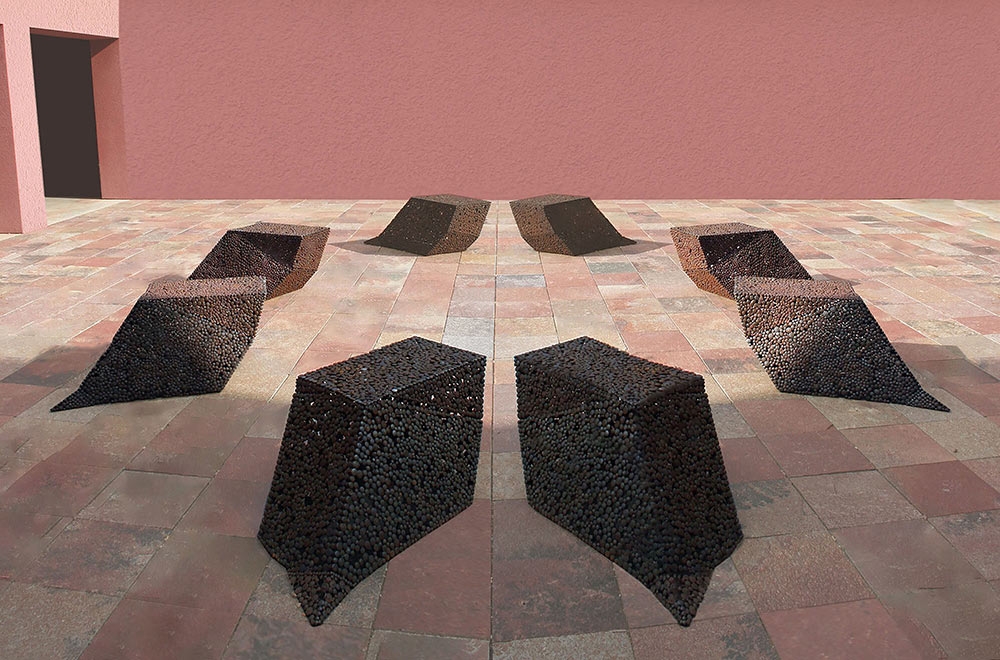
Laura Fantini

Laura Fantini’s hyper-realistic works inspire reconnection with nature through observation of the beauty and the astounding detail of the natural world. The artworks created for the Land Line residency were made using seedpods from Denver Botanic Gardens’ own living collections as reference. For Fantini, seeds are powerful symbols of optimism and the infinite possibility of new beginnings.
About the Artist
Laura Fantini is an artist working in a hyper-realistic minimalist manner, living and working in both Brooklyn, New York, and Bologna, Italy. She specializes in colored pencil still-life defined by strong contrast and dramatic lighting. She graduated from the Liceo Artistico and Academy of Fine Arts in her hometown of Bologna. Fantini's art has exhibited nationally and internationally in museums, galleries and art institutions and has been widely published and documented. She has won various awards, including The Canson Paper Award for Excellence and the Award for Exceptional Merit from the Colored Pencil Society of America. Her work is included in the permanent collections of the Hunt Institute for Botanical Documentation in Pittsburgh and at the Queens Botanical Garden in New York.
Gallery
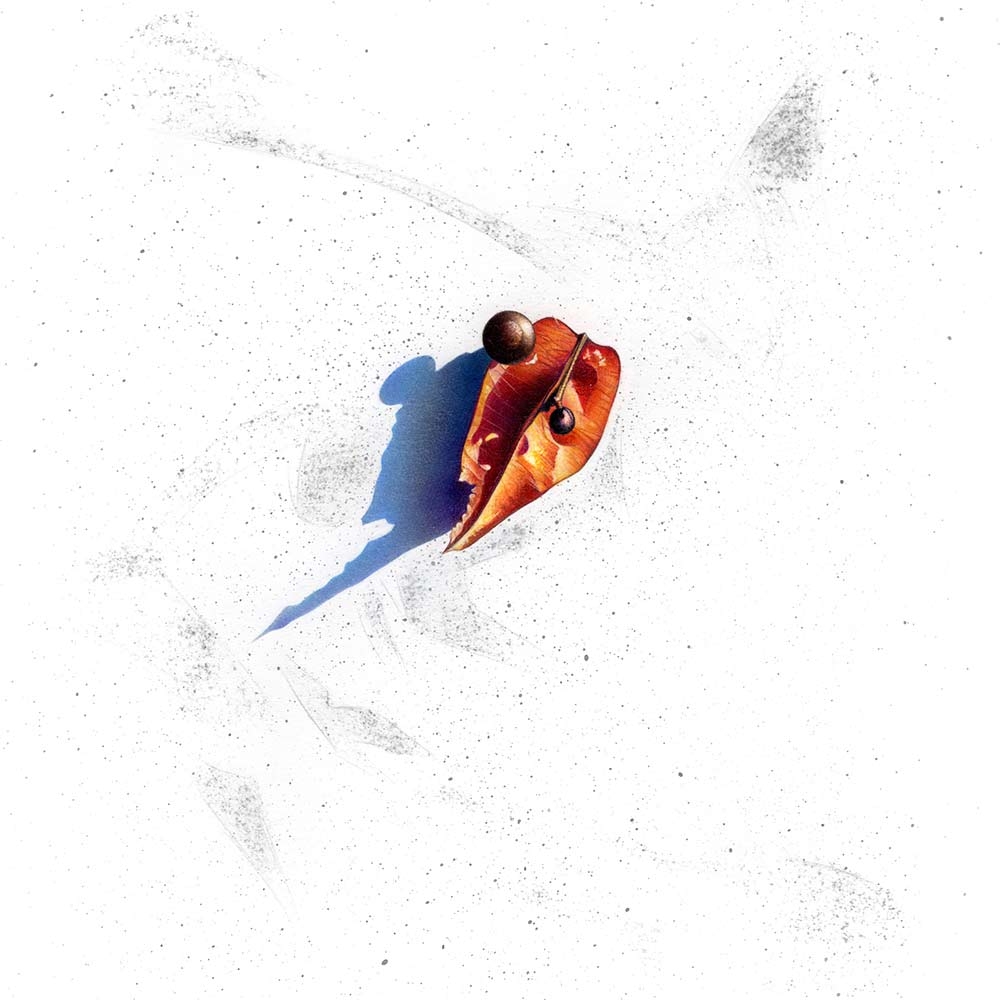
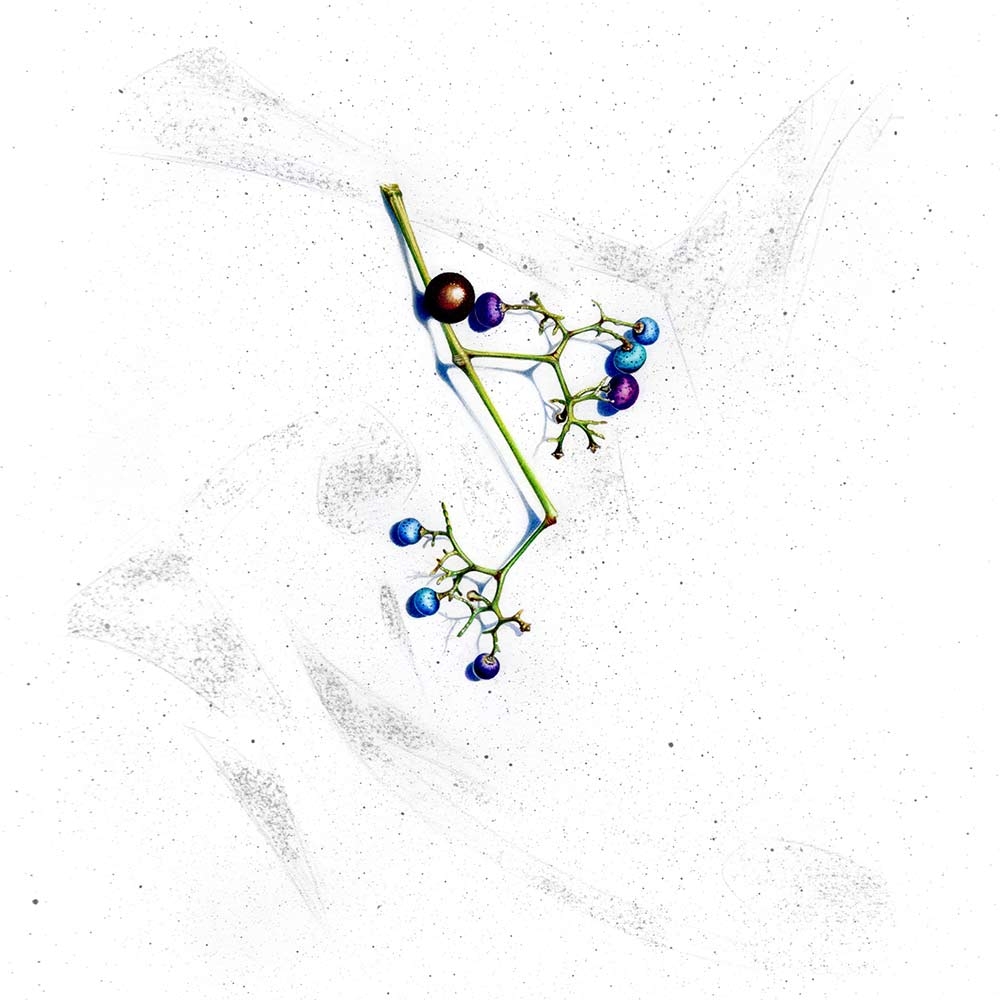
T Edward Bak
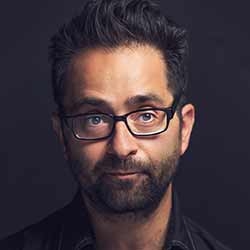
During his Land Line residency, Bak created a series of illustrated works exploring the history of connections between people and native plants in the San Luis Valley region. His research drew from his own family history in the area, combined with resources offered by Denver Botanic Gardens. His work aims to support and expand awareness of connections between communities and their environments, and to detail the traditional knowledge and use of native plants in medicines and other cultural practices.
About the Artist
T Edward Bak was raised in Colorado and currently lives in Oregon. His approach as a writer and artist is informed by an interest in the environmental history of western North America. As an instructor of nonfiction comics and graphic novels with the Pacific Northwest College of Art in Portland, Oregon, he draws from the experience of a working cartoonist whose published stories have appeared in Drawn & Quarterly Showcase and The Best American Comics anthologies.
Gallery
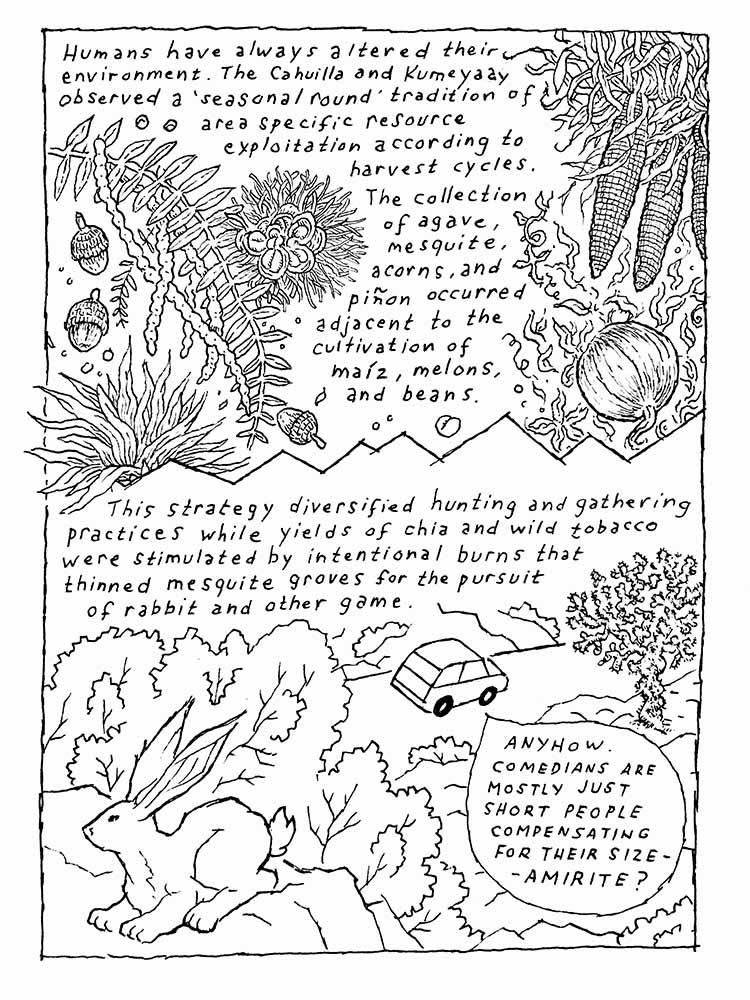
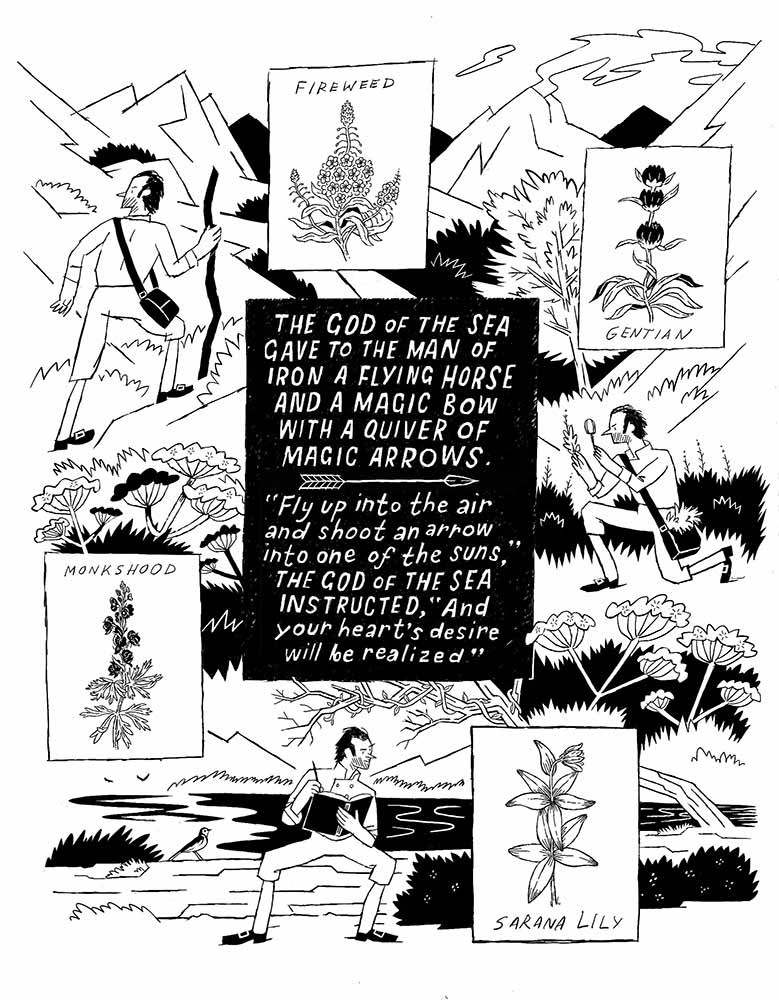
Kyle Cornish
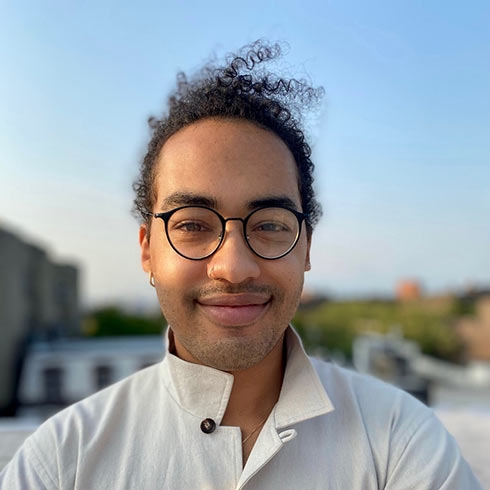
Kyle Cornish used the Land Line residency to collect visual source material from Denver Botanic Gardens’ modern and archival collections of specimens. Cornish’s perspective illuminates the role of race and identity in the experience of nature. The resulting collage artworks honor the Gardens’ mission to connect people with plants and celebrate abundance and community.
About the Artist
Kyle Cornish is a multidisciplinary artist and community organizer living in Brooklyn, NY. Their work explores nature, Black identity and queer community in the Anthropocene.
Gallery
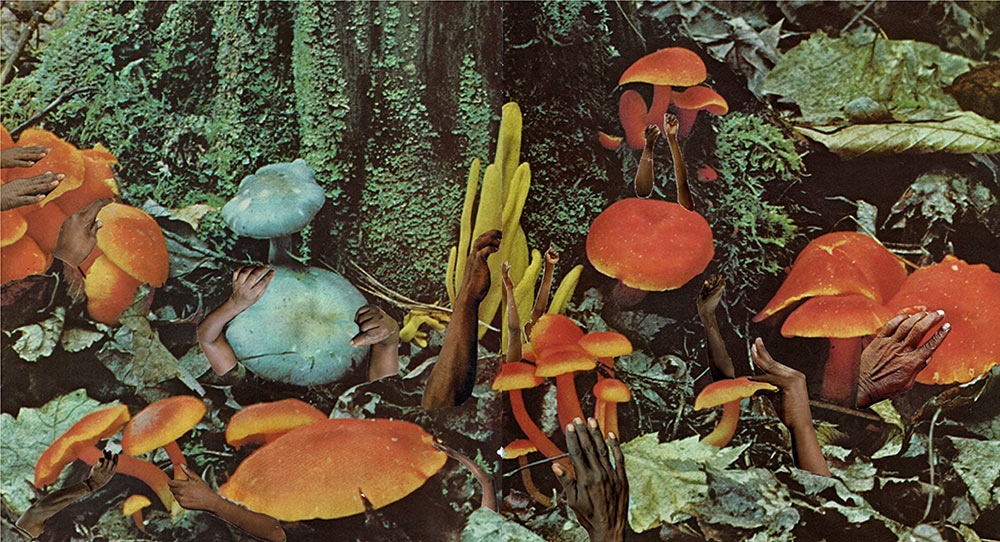
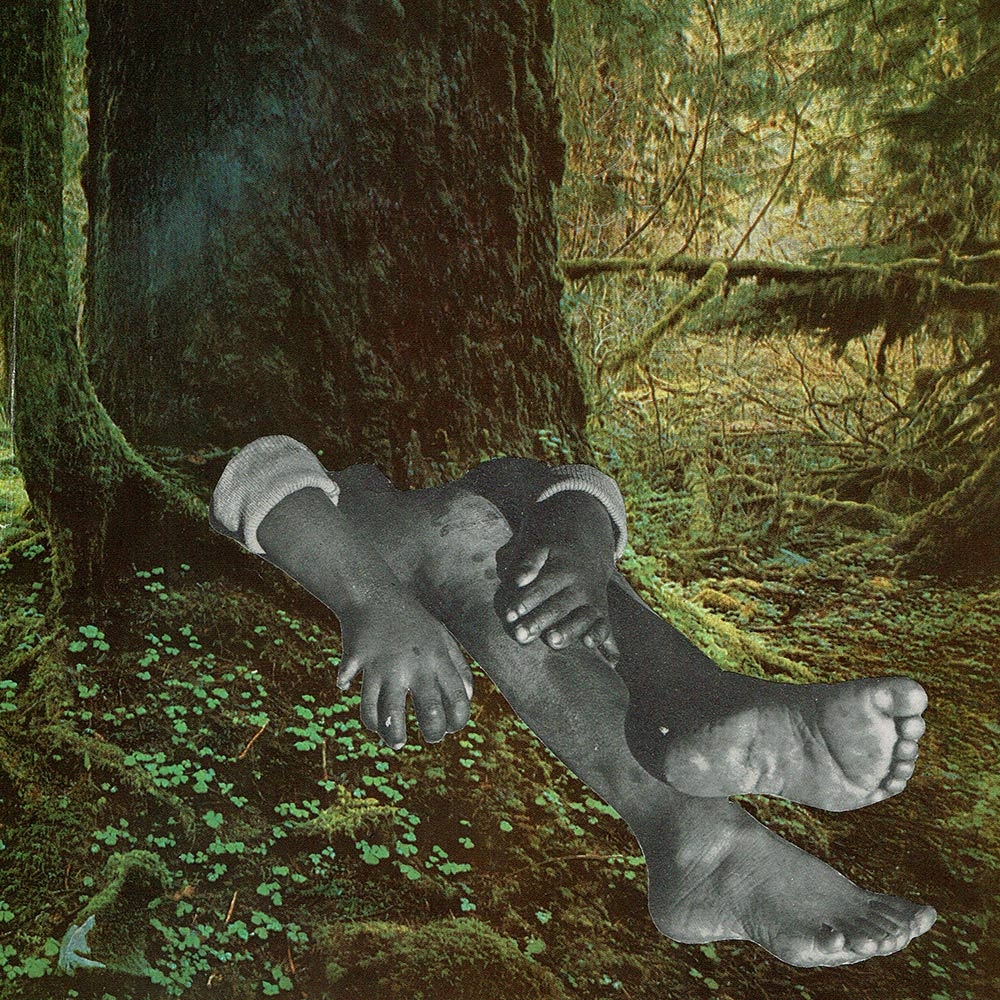
Joelle Cicak
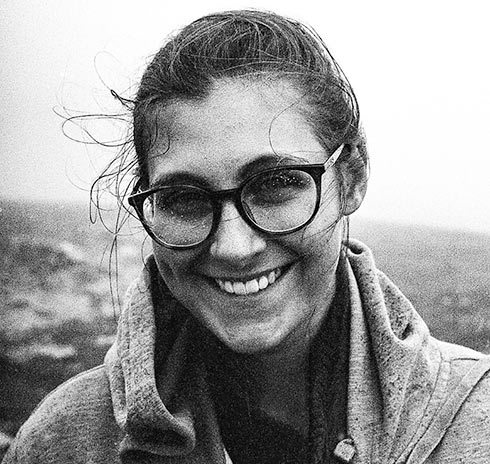
Joelle Cicak used her Land Line residency to research the entanglements that occur within the steppe biomes represented at Denver Botanic Gardens. Exploring the delicate connections between plants and animals, Cicak’s work captures how these interactions build a foundation upon which we all may thrive. Her research at the Gardens aided the creation of ceramic sculpture displaying the interchange of life within ecosystems, celebrating the intricate interactions between different plant species and the ways in which they combine to wondrous ends.
About the Artist
Joelle Cicak grew up against a stretch of forest in Harrisburg, Pennsylvania, where she learned at a young age the intricacies that exist between humans and the environment. Her undergraduate education at Dickinson College focused on art practices and classical studies. Because of this, she often uses mythology to aid her thoughts on nature, memory and the connection between past and present, personal and public. She received her MFA in ceramics at the University of Colorado, Boulder. She focuses deeply on both her relationship with the natural world, as well as the cultural ideas that both bind us to and separate us from it.
Gallery
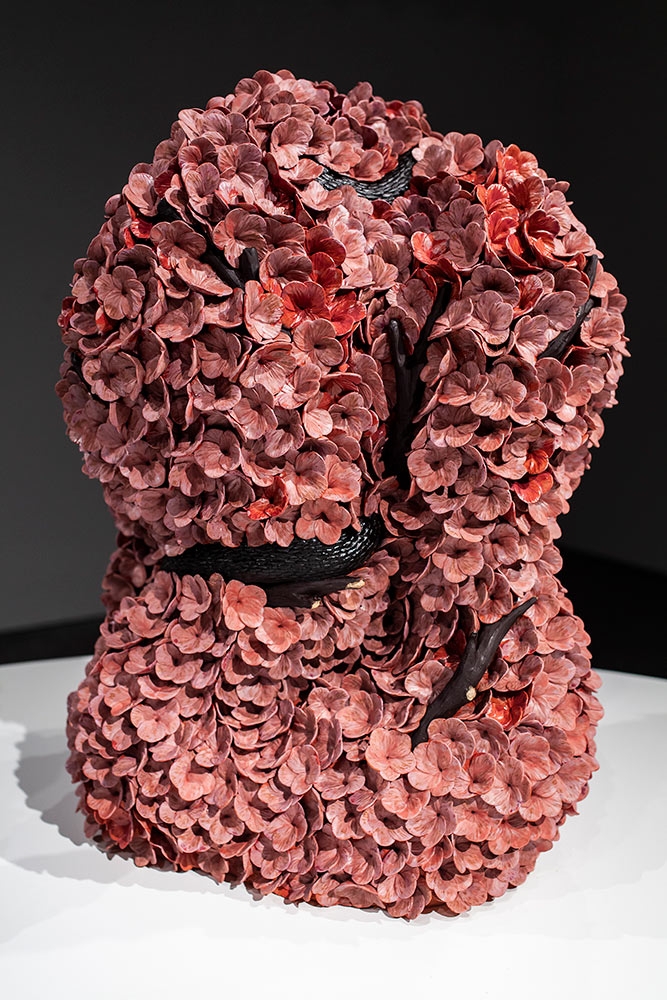
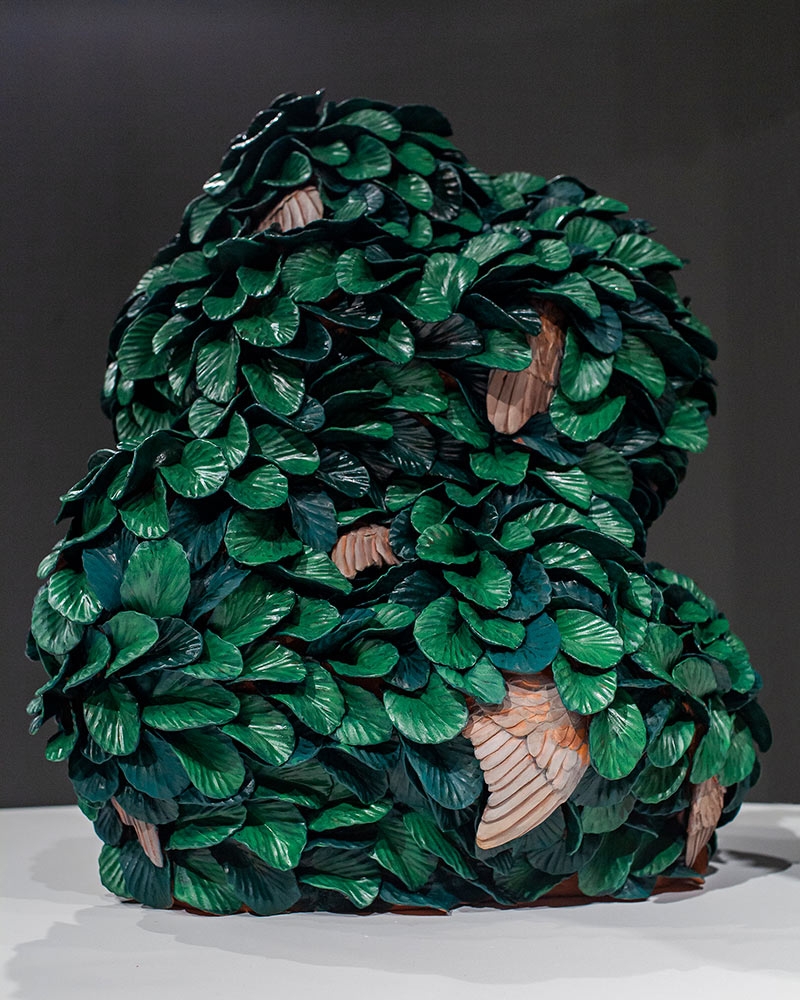
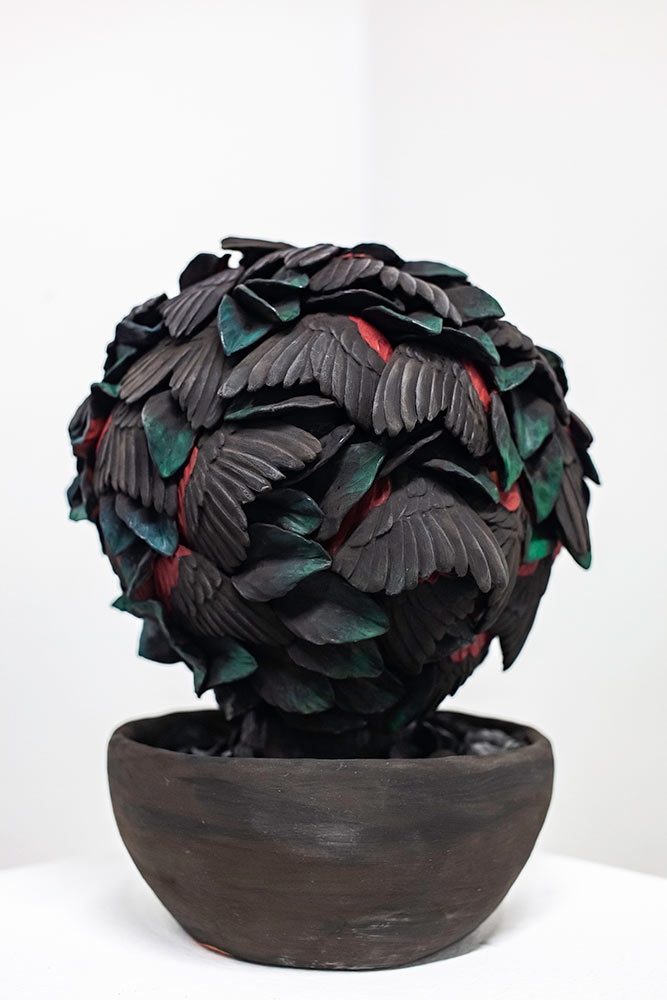
Lauren Camp
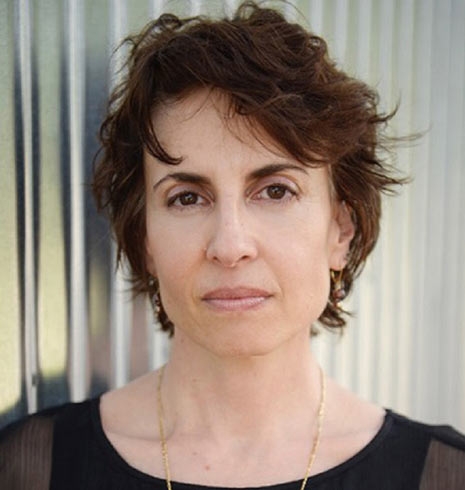
With an interest in ecology, Lauren Camp’s work focuses on the dangers plaguing the environment—shifting climate, increasing desertification and wildfires. During her Land Line residency, she searched for positive outcomes within our changing environment, looking at the plants most appropriate to our changing climate and ever-increasing aridity. The resulting poems reckon with the ways that nature recharges the land, and what has the courage to stretch and bloom.
About the Artist
Lauren Camp is the author of five books, most recently “Took House” (Tupelo Press), winner of the American Fiction Award in Poetry and Distinguished Favorite for the Independent Press Award. Her poems have appeared in Kenyon Review, Prairie Schooner, Western Humanities Review, Ecotone, Poet Lore and “Ghost Fishing: An Eco-Justice Poetry Anthology,” and her work has been translated into Mandarin, Turkish, Spanish, Serbian and Arabic. She is a recipient of fellowships from Black Earth Institute and The Taft Nicholson Center for Environmental Humanities. Other honors include the Dorset Prize and finalist citations for the Arab American Book Award and North American Book Award. She lives in New Mexico, where she teaches creative writing to people of all ages.
Gallery
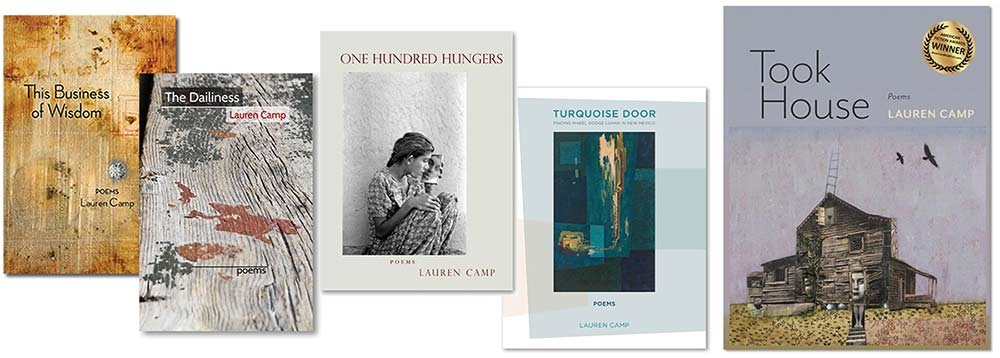
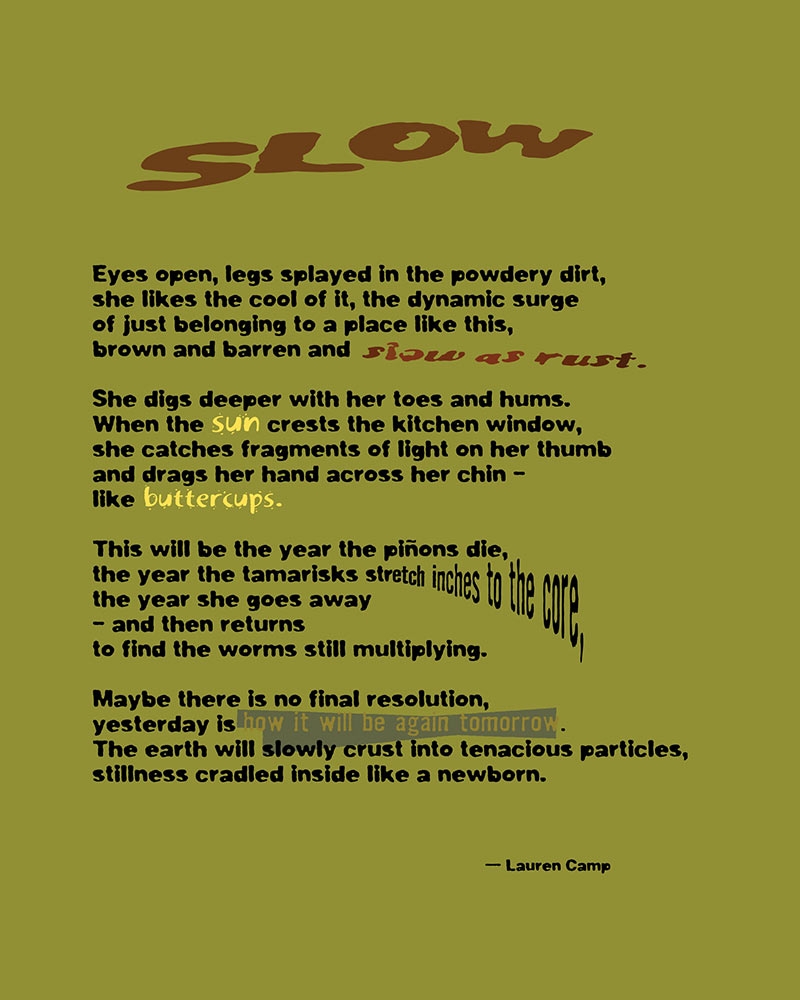
Laleh Mehran and Christopher Coleman
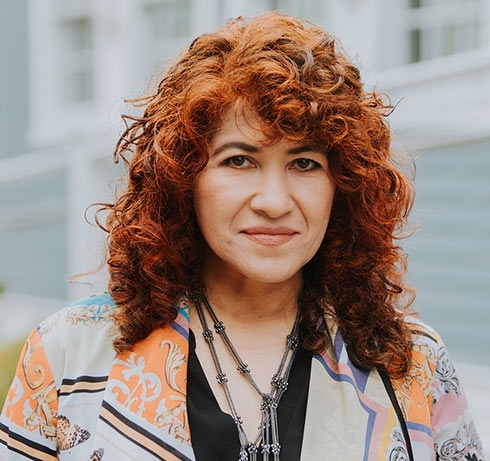
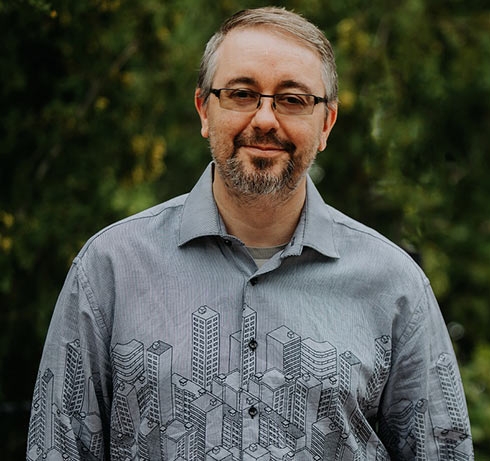
Laleh Mehran and Chris Coleman pursued a collaborative project for the Land Line residency, focusing on the natural world’s significance throughout history and across cultures. Their project resulted in a design inspired by carpets from Iran. The design combines plants from West Virginia (Coleman’s native home), Iran (Mehran’s native home) and Colorado (their current home), reflecting on the long history of migration of both people and plants. Combining old and new technologies, this work was created using 3-D recreations, photogrammetry, photography and lidar scanning, weaving a complex story of relationships and understanding.
About the Artists
Laleh Mehran was born in Iran and relocated to the U.S. at the start of the Iranian Islamic Revolution. She creates elaborate environments in digital and physical spaces focused on complex intersections between politics, religion and science. Mehran received her MFA from Carnegie Mellon University and has exhibited across North America and countries including Mexico, Argentina, Brazil, U.A.E., Bahrain, Germany, Italy, Netherlands, Taiwan and China. She is a professor and the director of emergent digital practices at the University of Denver.
Chris Coleman was born in West Virginia and received his MFA from SUNY Buffalo in New York. His work includes creative coding, videos, sculptures and interactive installations. Coleman has exhibited in more than 20 countries including Brazil, Argentina, Canada, Finland, the U.A.E., Germany, France, China, Latvia and across North America. He currently resides in Denver, Colorado, and is a professor and the graduate director of emergent digital practices at the University of Denver.
Gallery
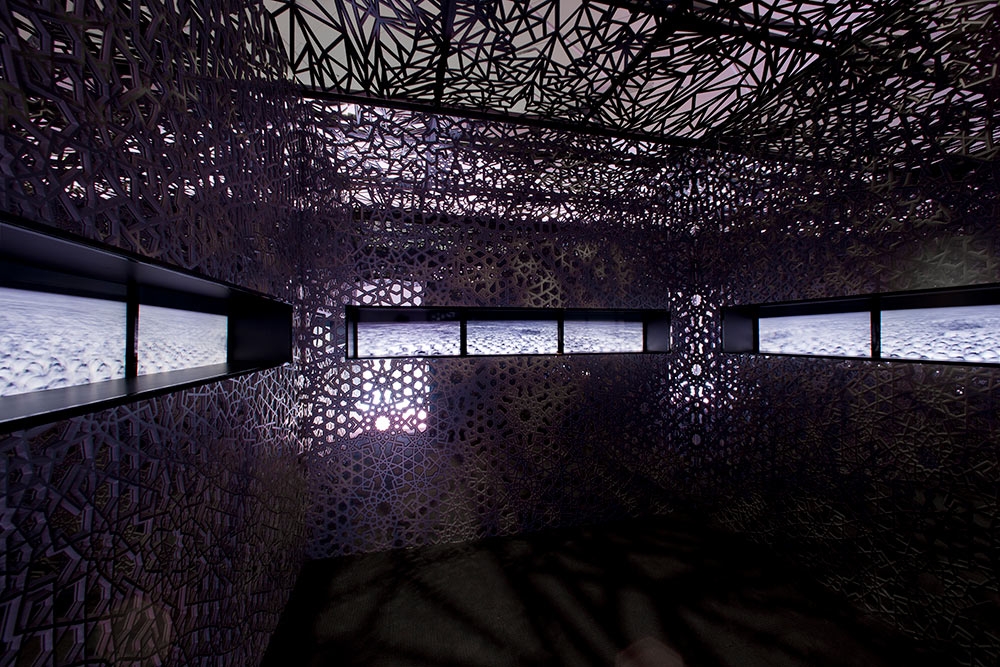
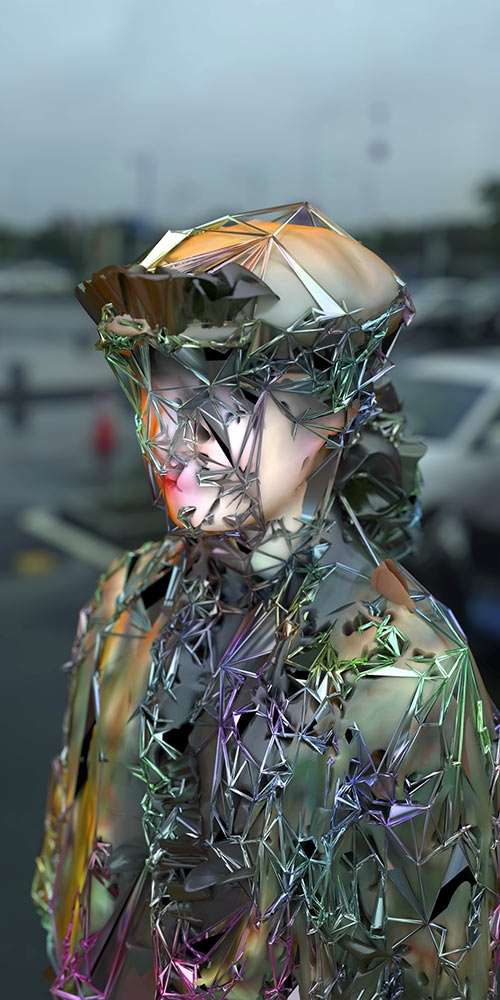
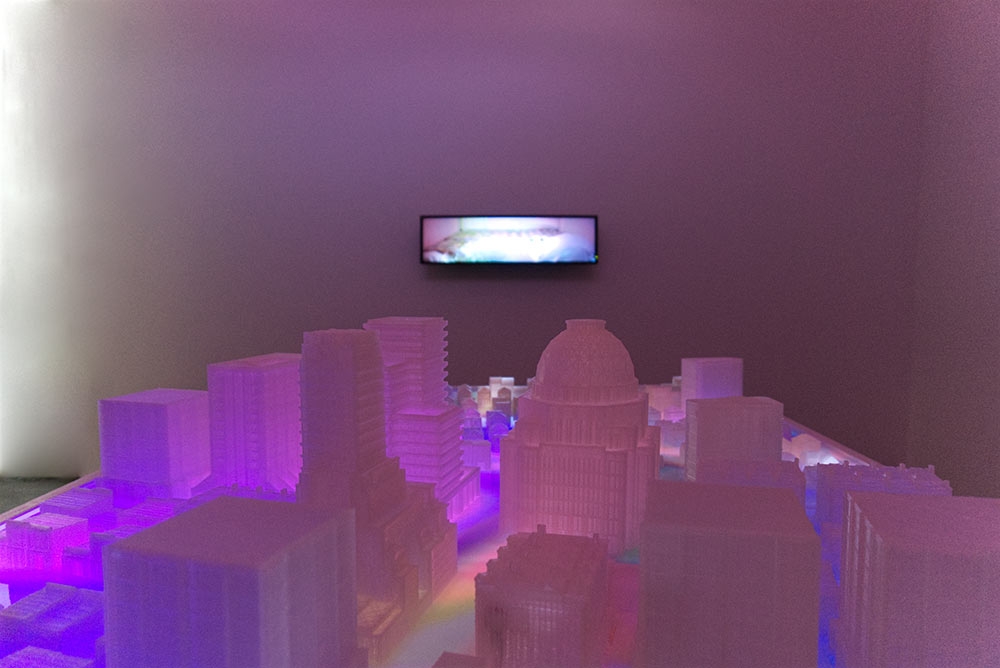
Sarojini Jha Johnson

Sarojini Jha Johnson’s work incorporates native and invasive flora and fauna to explore how human settlement and migration have impacted our natural landscape. For this residency, Jha Johnson created an artist book inspired by water lilies, an important symbol in South Asian iconography, and a recurring personal motif in her work. The Gardens’ waterways and the waterlilies in the Monet Pool became resources for this endeavor, culminating in a hand-bound book of intaglio prints housed in a custom-designed box.
About the Artist
Sarojini Jha Johnson grew up in Ohio and earned undergraduate degrees in French and drawing from the University of Cincinnati. She received an MFA in printmaking from Miami University where she began working with animal and plant forms in her prints. She teaches printmaking at Ball State University in Indiana. Johnson’s main medium is color intaglio printmaking, a medium that allows for great creativity and invention in terms of surface and color. Recently, she has been exploring memories and impressions of India, her country of origin, while retaining her usual animal and plant imagery. She also makes books that highlight the devastating effects of humankind’s tampering with nature by introducing invasive flora and fauna.
Gallery
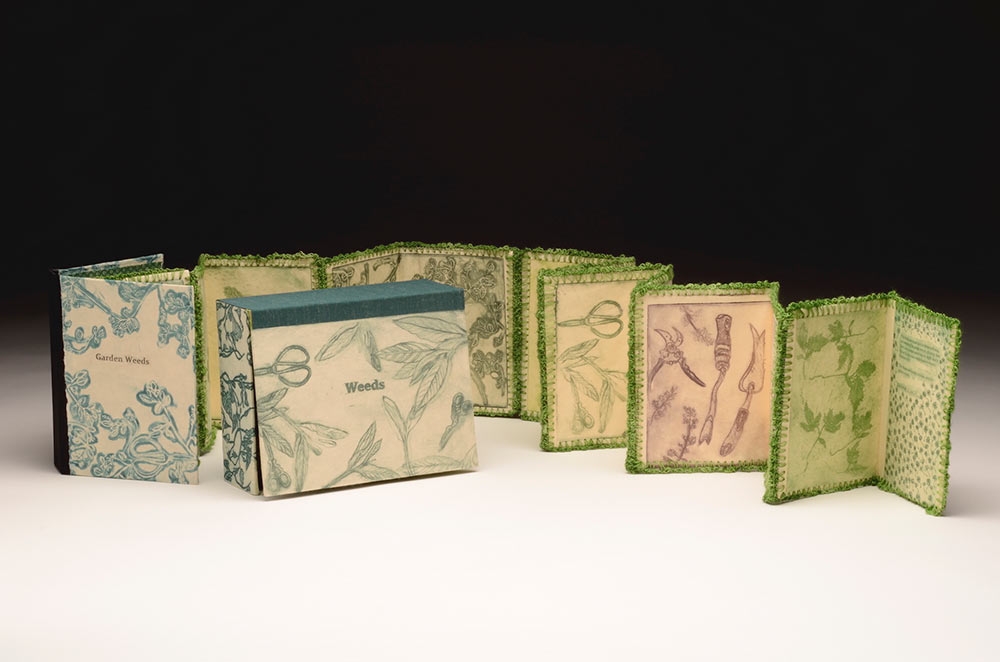
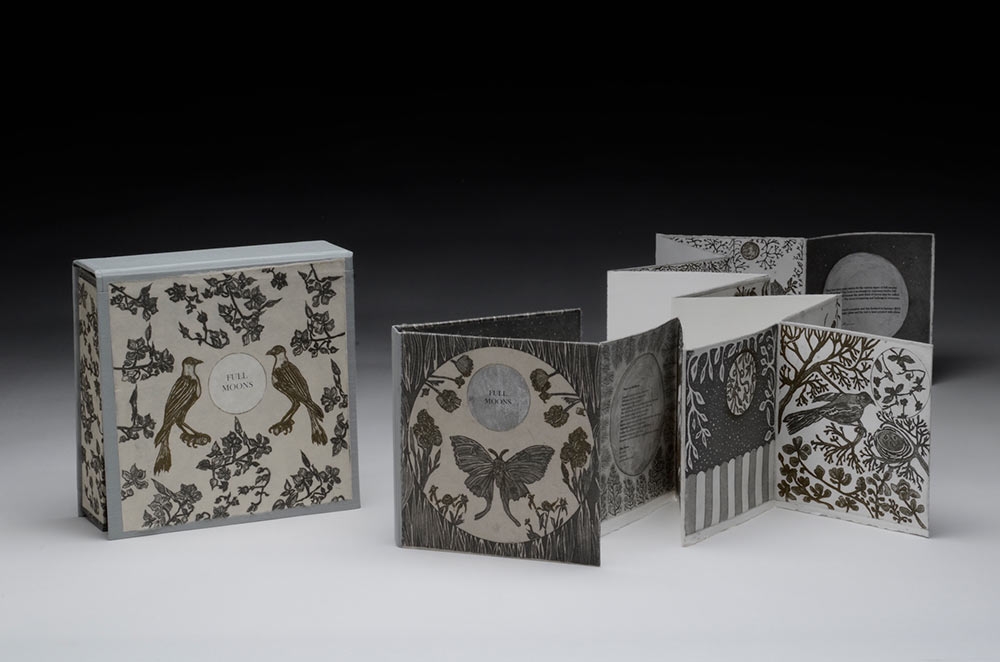
Amy K. Wendland
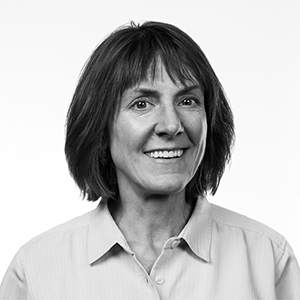
Amy K. Wendland uses a combination of humor and unusual materials to tell stories about our relationship with the environment. During her residency at Denver Botanic Gardens, she will work with deaccessioned herbarium sheets, transforming them into modern "herbaria viva"—dried plant specimens augmented with drawing or painting to tell the story of the plant and its landscape. Wendland seeks to fuse creative symbolism with scientific knowledge to explore the varied ways we relate to the natural world.
About the Artist
Amy K. Wendland lives and works in Durango, Colorado, where she serves as a professor in the Art & Design Department and as Associate Dean of Arts & Sciences at Fort Lewis College. She received her BFA in illustration from the Rhode Island School of Design, an MA with a sculpture concentration and an MFA in graphics from the University of Wisconsin, Madison. She has worked commercially as an artist and designer, and her drawings, sculptures and mixed media works have been exhibited nationally and internationally.
Gallery
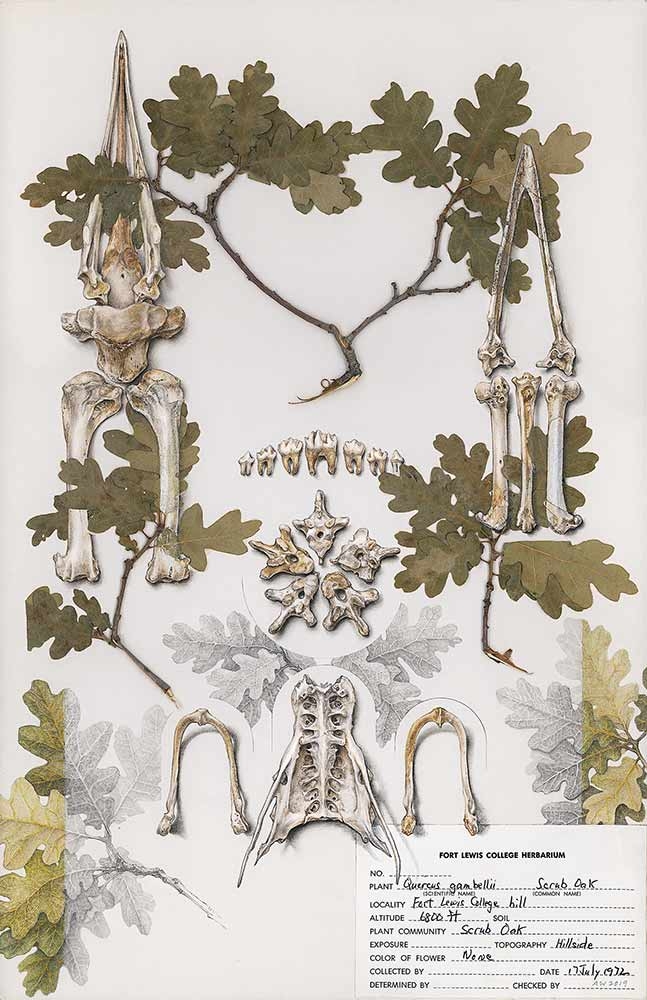
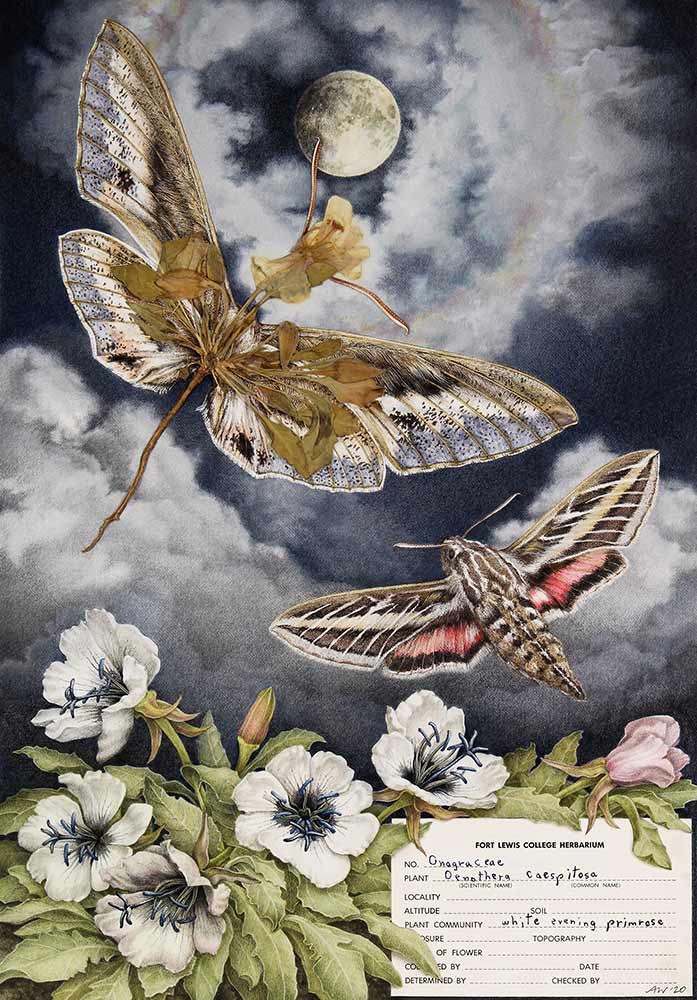
Irina Neacșu
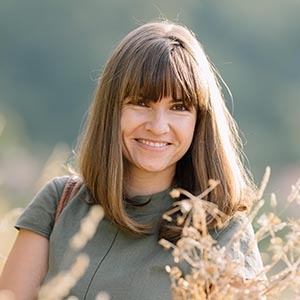
Irina Neacșu focuses on endemic wild flora and is interested in research projects that raise awareness of natural habitats. During her residency at Denver Botanic Gardens, she created a body of botanical illustrations exploring her fascination with endemic flora, inspiring appreciation for the wild plant life surrounding us.
About the Artist
Irina Neacșu is a graduate from Ion Mincu University of Architecture and Urbanism in Bucharest, Romania, and a postgraduate from the Rome University of Fine Arts. She runs a private art school in Transylvania, Romania. She was awarded an art residency at the Oak Spring Garden Foundation and has exhibited at the Royal Horticultural Society Botanical Art and Photography Show in London. Her focus is on endemic wild flora and she is particularly interested in research projects that raise awareness of natural habitats.
Gallery
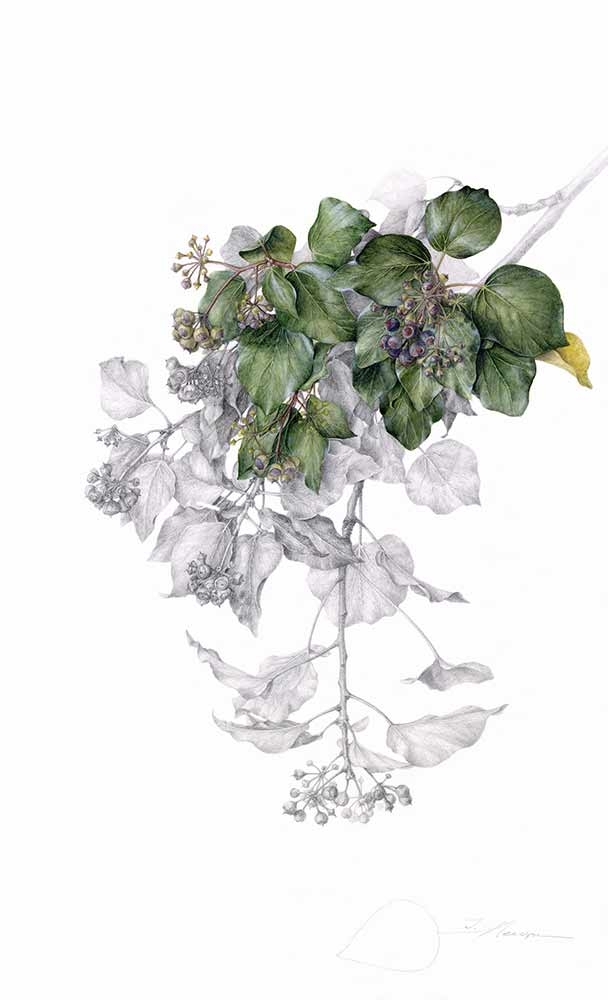
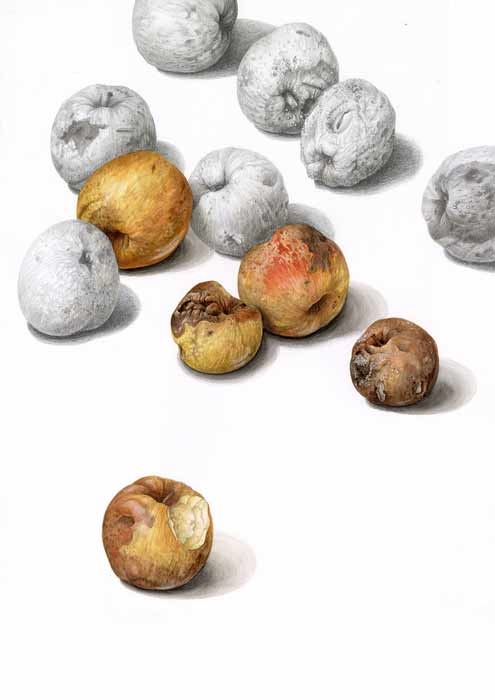
Jasmine Holmes
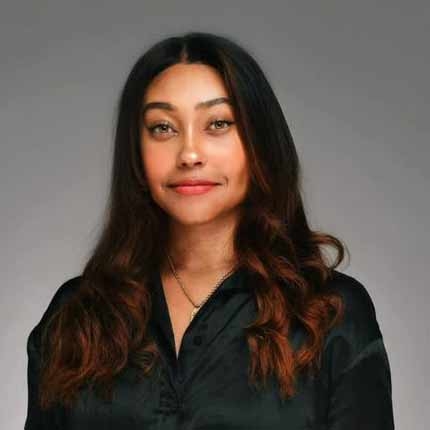
Jasmine Holmes uses depictions of staple food crops from her Creole upbringing to explore connections to her West African ancestry. She considers her work a love letter to her ancestors and their cultivation of the land, depicting and celebrating the knowledge and food traditions that have been passed down within her family for generations. Holmes used her Land Line residency to create paintings that explore the beauty of the botanical world and honor the sustenance it offers.
About the Artist
Jasmine Holmes is a mixed media artist living and working in Colorado. Born in Arizona, she received her BFA from the University of West Florida, and her MFA from Colorado State University. She has exhibited with Redline, IRL Art Gallery and has presented as a demonstrating artist at the Denver Art Museum.
Gallery
